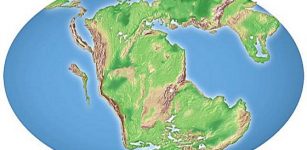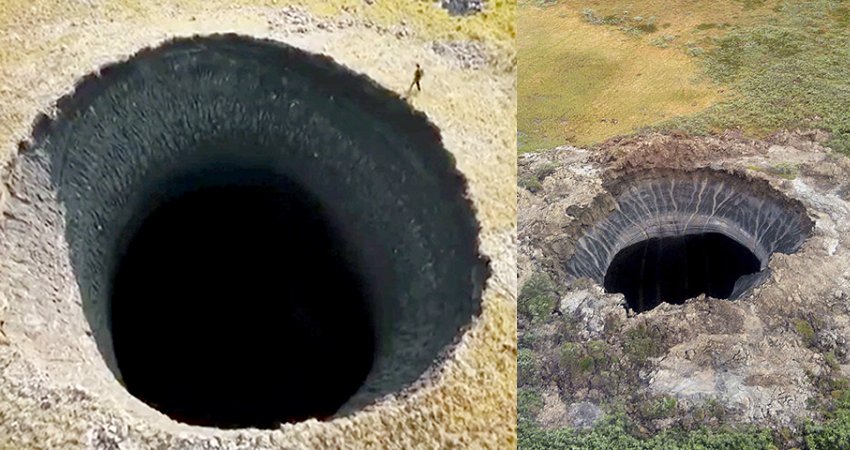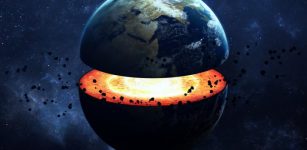Canada’s High Arctic Terrain Changes Due To Summer Temperatures
Eddie Gonzales Jr. – MessageToEagle.com – There are records of almost 30 years of surveys and ground mapping of terrain in Canada’s high Arctic polar deserts. Scientists had long assumed this landscape was stable.
However, a new study shows rapid changes in terrain and they are caused by increases in summer air temperatures.
Widespread permafrost degradation seen in high Arctic terrain. Image: mcgill.ca
Due to the extremely cold climate in high Arctic polar deserts, where average annual ground and air temperatures are -16.5 °C/2.3 °F, and -19.7 °C /-3.46 °F, respectively, and the fact that the permafrost is over 500 meters (or about 1/3 of a mile) thick.
The terrain in focus is the Eureka Sound Lowlands area of Ellesmere and Axel Heiberg Islands located at approximately 80 °N.
Scientists are particularly interested in a landform (known as a retrogressive thaw slump) that develops as the ice within the permafrost melts and the land slips down in a horseshoe-shaped feature.
“Our study suggests that the warming climate in the high Arctic, and more specifically the increases in summer air temperatures that we have seen in recent years, are initiating widespread changes in the landscape,” lead author Melissa Ward Jones, a PhD candidate in the geography department at McGill University, said in a press release.
The research team notes that:
- There has been a widespread development of retrogressive thaw slumps in high Arctic polar deserts over a short period, particularly during the unusually warm summers of 2011, 2012, and 2015.
- The absence of vegetation and layers of organic soil in these polar deserts make permafrost in the area particularly vulnerable to increases in summer air temperatures.
- Despite its relatively short duration, the thaw season (which lasts for just 3-6 weeks a year) initially drives the development of slumps and their later expansion in size, as their headwall retreats.
- Over a period of a few years after the initiation of slumps, study results suggest various factors related to terrain (e.g. slope) become more important than air temperature in maintaining active slumps.
“Despite the cold polar desert conditions that characterize much of the high Arctic, this research clearly demonstrates the complex nature of ice-rich permafrost systems and climate-permafrost interaction,” adds coauthor Wayne Pollard, a professor in the geography department.
“Furthermore, it raises concerns about the over simplification of some studies that generalize about the links between global warming and permafrost degradation.”
Paper
Written by Eddie Gonzales Jr. – MessageToEagle.com Staff Writer












